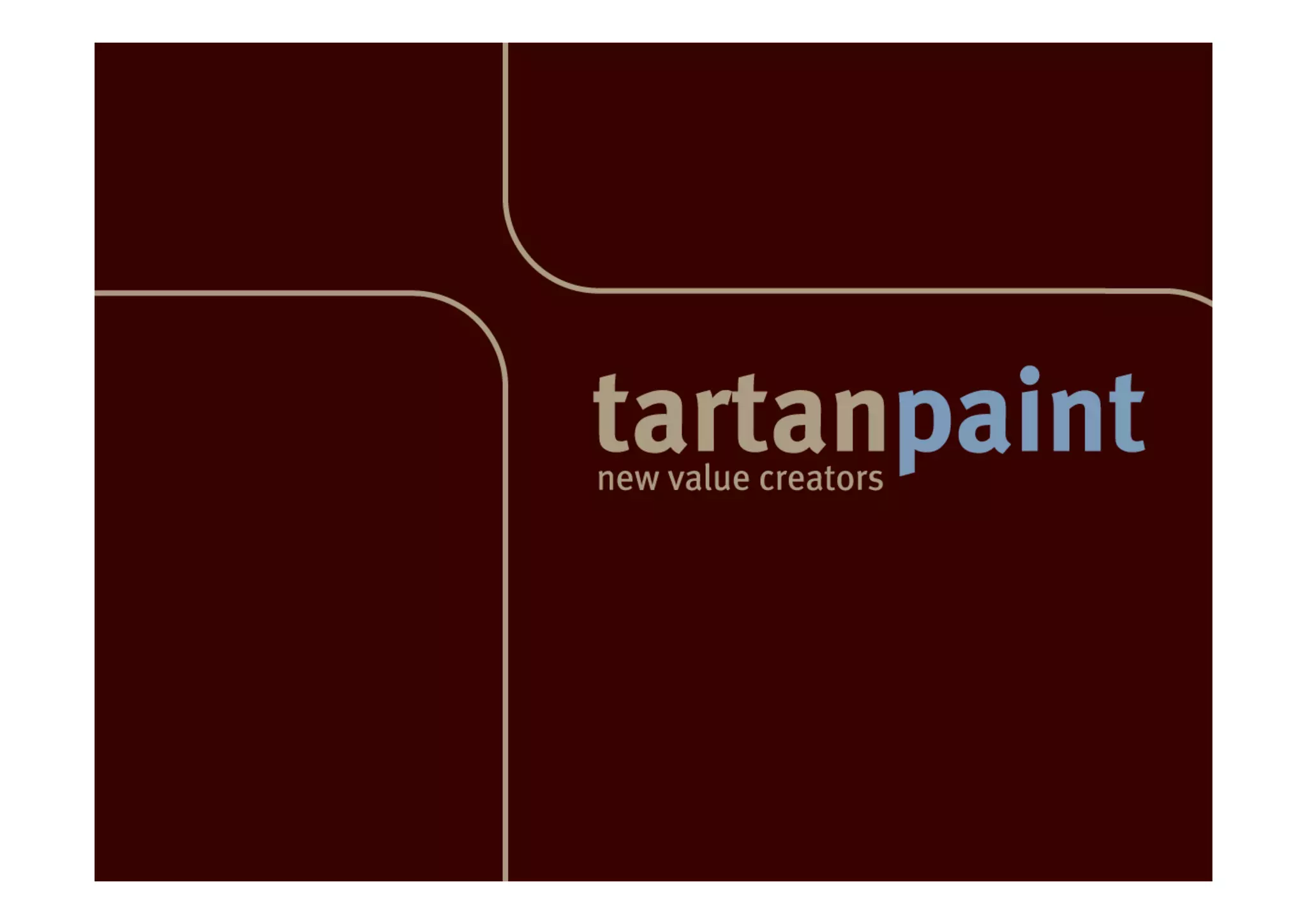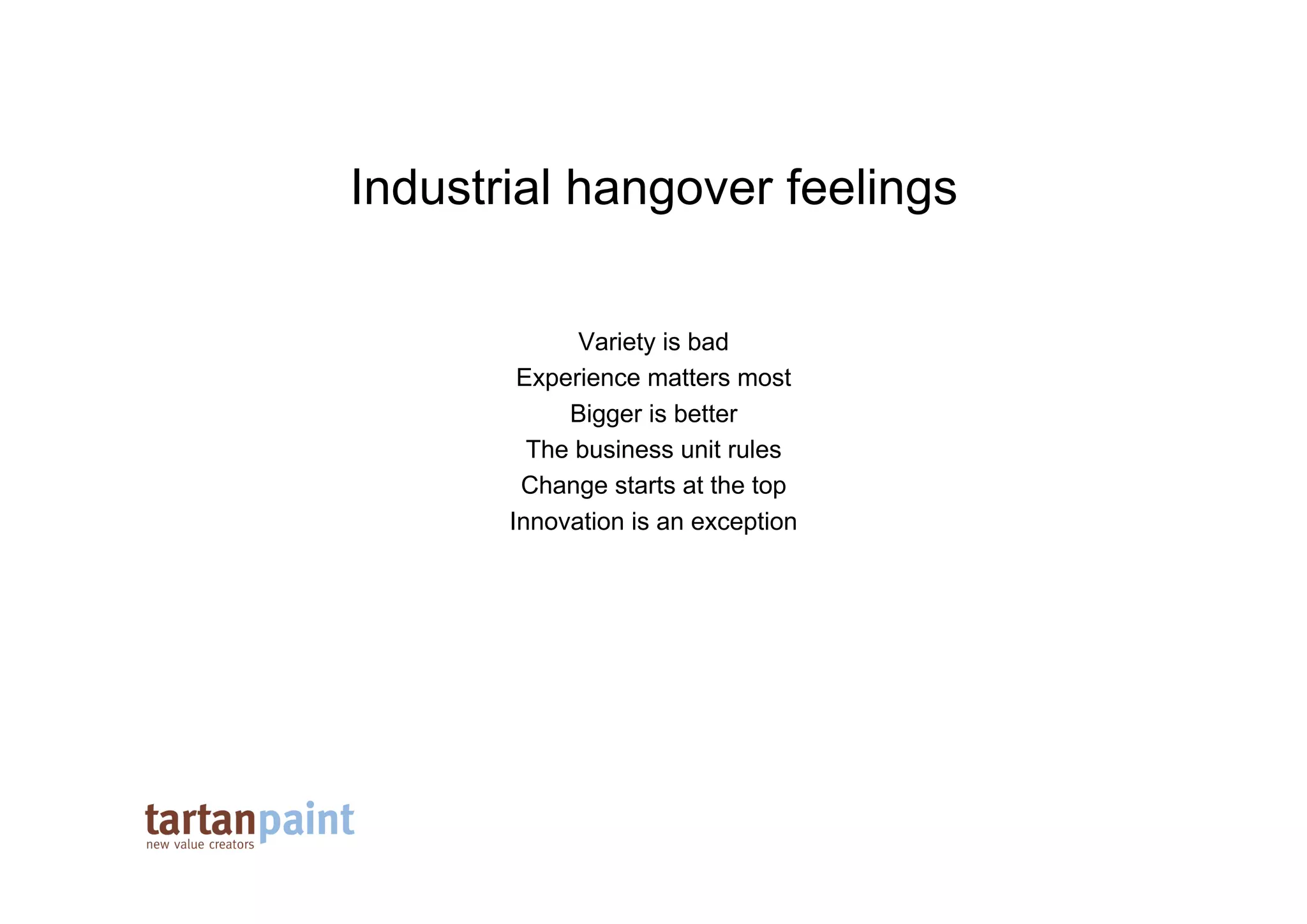The document discusses organizational change and transformation. It provides 8 steps for transforming an organization as outlined by John Kotter in a 1995 HBR article. The steps include establishing urgency, forming a guiding coalition, creating a vision, communicating the vision, empowering others to act on the vision, planning for and creating short-term wins, consolidating improvements and producing more change, and institutionalizing new approaches. The document also discusses identifying champions and tracking success during the change process. Finally, it outlines key lessons from companies that have successfully managed change, including having a strong culture, commitment to learning, adapting based on feedback, willingness to take risks, and a balanced performance measurement approach.









